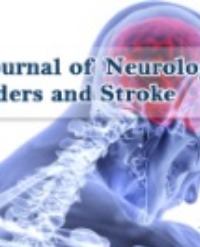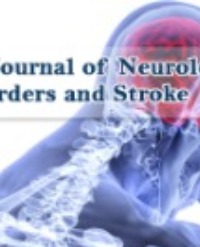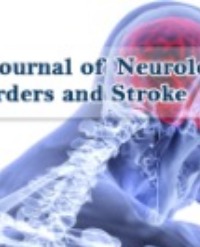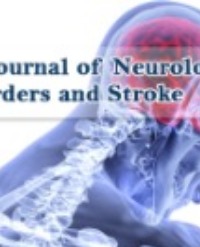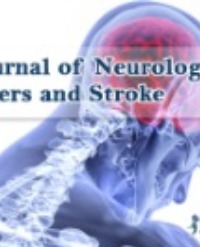
Neurological Disorder, Stroke: Relevance of Preclinical Studies
The neurological disorders and stroke represent the last century’s medical challenge. Despite increasing number of elderly people and the subsequent increase of neurological diseases, in socalled industrialized countries, we have no efficacious strategy to fight this plague.
Probably, the more effective method to take on this challenge may be a rigorous prevention and principle risk factors (e.g. high-pressure, stress, obesity, smoke of tobacco and alcohol) elimination. On the other hand, further scientific research in this field could be very useful. This kind of research should be based on the use of animal models to improve current understanding of the pathophysiological features of these diseases and may yield important information on how to improve analysis of the “efficacy” of some possible molecules.
Seyed Khosrow Tayebati

